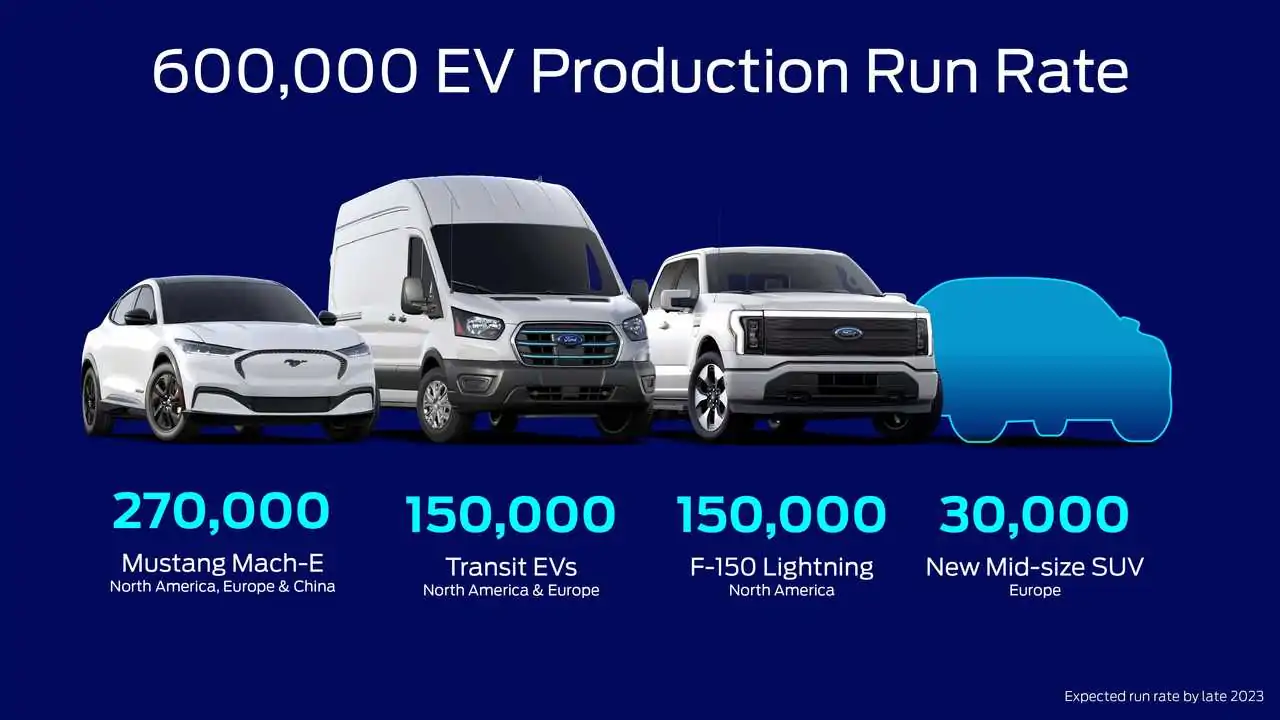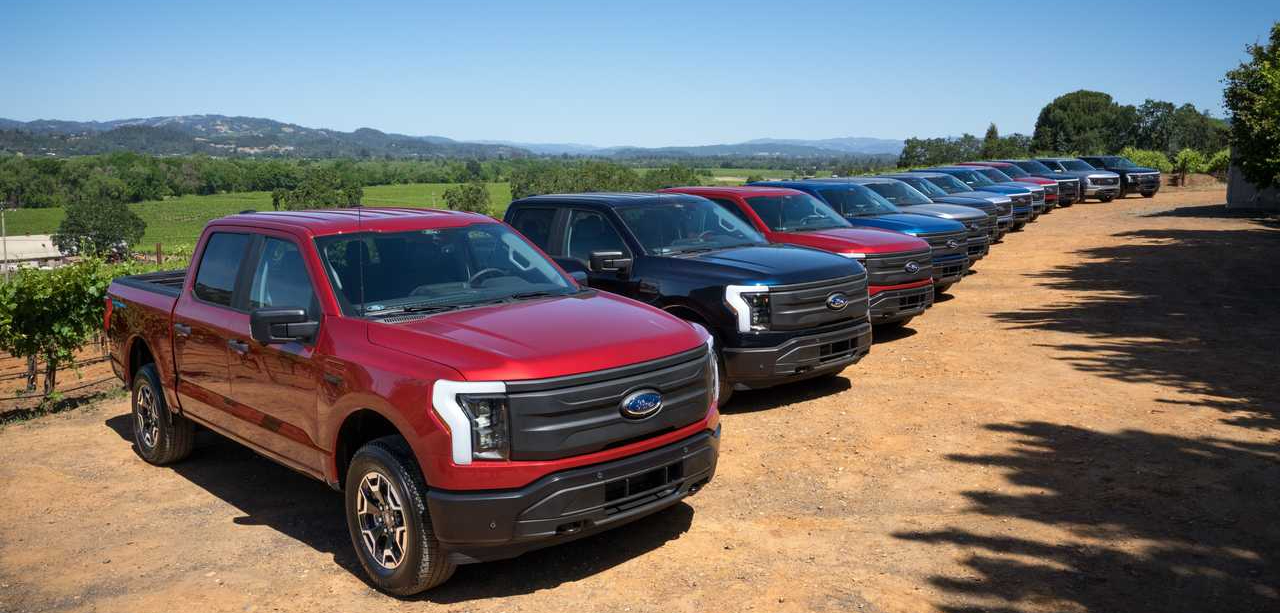Layoff Rumors
According to anonymous sources, Ford plans to lay off about 8,000 employees in the coming weeks and redirect the saved funds to its electric vehicle-related businesses.
The layoff plan is not yet finalized and may be subject to some adjustments, according to insiders. Currently, the scope of layoffs mainly applies to employees of Ford’s Blue department and other operating departments located in the United States. Ford has approximately 31,000 employees in the United States. The company is expected to begin layoffs of the above-mentioned personnel this summer.
This layoff may be due to Ford CEO Jim Farley’s plan to reduce company costs by $3 billion by 2026. Previously, he expressed his hope to turn Ford’s Blue department into “the profit and cash engine for the entire enterprise.”

The Ford Blue department was created in March along with the Model E department, which is responsible for developing electric vehicle and internet-related technology.
As of now, Ford has refused to comment on the layoffs, emphasizing its current hope to reshape the company’s organizational structure through the rapid growth of electric vehicles in the current market.
Ford’s Chief Communications Officer, Mark Truby, mentioned in a statement to Bloomberg, “As part of the market, we have set clear goals to reduce our costs and ensure that we can compete with the best in the industry.”
Farley has previously stated that “we have too many people in our company. Our management team firmly believes that our ICE and BEV investment portfolios are not profitable,” so cutting some employees is critical in increasing the company’s profits. Electric vehicles such as the Mustang Mach-E and F-150 Lightning have already consumed a significant amount of profits with the rise in raw material and maintenance costs.
Electrification Strategy
In addition, Ford recently announced that it has secured a battery contract of approximately 60 GWh per year. It is expected that by the end of 2023, it will be available for approximately 600,000 electric vehicles worldwide (with each vehicle having 100 kWh capacity). By 2026, the company will have access to battery power that can be used for 2 million electric vehicles.

Ford has outlined its shipment goals for 2023:- Mustang Mach-E: 270,000 units per year (North America, Europe, and China)
- F-150 Lightning: 150,000 units per year (North America)
- E-Transit: 150,000 units per year (North America and Europe), possibly including the upcoming all-new Transit Custom EV version
- A new SUV: 30,000 units (Europe), based on the MEB platform and will be produced in Cologne, Germany. The second EV model will begin production in the midterm, and the total annual sales for 2024 will be 200,000 units.
In March of this year, Ford CEO Farley announced that the company plans to increase the cost of developing electric vehicles to $50 billion and plans to produce 2 million electric vehicles annually by 2026. By 2030, electric vehicles will account for more than 50% of Ford’s global production. As a reference, only 27,140 electric vehicles were sold in the United States last year.
In June of this year, Ford’s electric vehicle sales increased by 77% year-over-year, mainly due to the release of the new F-150 Lightning pickup, which sold a total of over 1,800 vehicles in June.

From the list of battery suppliers released by Ford, we can see that there are three companies, including:
- Long-time LG Energy Solution (LGES)
- Strategic SK Innovation’s SK On
- And the recent CATL (Contemporary Amperex Technology Co. Ltd.)
CATL supplies LFP (lithium iron phosphate) batteries. Ford pointed out that LFP batteries will reduce material costs by 10-15% compared to NCM batteries.
Therefore, Ford plans to work with EcoPro BM and SK On to build a 40 GWh LFP battery super factory in North America in 2026 and purchase raw materials from the United States, Canada, Australia, Indonesia, and Argentina for battery production.
Conclusion
Ford’s recent series of moves, whether it is cutting staff in the internal combustion engine department or announcing a series of electrification-related strategies, is enough to show that Ford’s top management has made a determination to accelerate the transformation to electrification.
With domestic rival General Motors already releasing electrification platform products such as Ultium, it is time for Ford to present its own electrification answer.
This article is a translation by ChatGPT of a Chinese report from 42HOW. If you have any questions about it, please email bd@42how.com.
